Common types of headaches Headache Type What it feels like Who gets it How often and for how long Tension Mild to moderate steady pain throughout the head, but commonly felt across the forehead or in the back of the head Generally not accompanied by other symptoms Can affect children, but is most common in adults Frequency variesThis headache pattern creates a strong band of tension along the base of the head that comes up over the back of the head When it is only active on one side, the pain is focused at the base of the skull and creates tension that mostly radiates up the back of the head Primary stabbing headache is more common in people with migraine and often can occur in the same location where they get their migraine headache Please refer to the International Classification of Headache Disorders 3 rd edition website for more information on the criteria used to diagnosis primary stabbing headache

Pin On Reflexology
Back of head headache location chart
Back of head headache location chart- The Journal of the American Osteopathic Association reports that muscle tenderness in the back of your neck can also cause migrainelike headachesThis can result in pounding pain in the back of your head or top of your skull It could also be that dysfunction with vertebrae in your neck is connected with a constant headache and neck pain 4 Pain in Back of Head at the Base What Can the Location of Your Headache Tell You?




How To Tell If It S A Headache Migraine Or Brain Aneurysm And What To Do Next National Globalnews Ca
Cervicogenic Headache Symptoms Pain on one side of the head or face, stiff neck, pain around the eyes, neck, shoulder, and arms, nausea, blurred vision, sensitivity to light and sound Precipitating Factors Injury to the neck, malformations of the cervical vertebrae, arthritis of the upper spine16 Headache at the back of the head Step 6 of the selfmassage Jaw Muscle Digastricus This muscle is located below your chin and jaw It is the area below your chin that we are interested in since it is tension in this area that cause or can contribute to headaches at the rear of the headPain on the side of the head is a good indicator of a migraine Migraines are triggered by hormones, diet, caffeine or stress If the pain is severe and continues on a daily or weekly basis, it may be a result of a cluster headache, which is commonly associated with allergies or stress Sideofthehead headaches are also brought on by tension
Headache is pain in any region of the head Headaches may occur on one or both sides of the head, be isolated to a certain location, radiate across the head from one point, or have a viselike qualityPain in my head but not a headache A male asked I have a 16 year old son he has been complaining about a dull headache he said it is in the front and front top of the head The pain radiates from the back of the head (occipital region) to the front of the head (frontal region) Dull pain occurs on the top of the head (parietal region), where it seems as if pressure is being exerted on the vertex Tensiontype headache may also be accompanied by pain or stiffness in the neck region
Headaches that occur in the front of the head and the sides of the head are a common symptom of a concussion Cervicogenic Another one of the common concussion headache locations is on the back of the head and down the neck, which is called cervicogenic This name refers to the location in the neck, in other words, the cervical spineSinusitis headache The inflammation and infection in sinusitis may cause pain or pressure over the affected sinus, causing headache You may feel it around your eyes, forehead, or cheeks – again, depending on where the inflammation occurs Typically, sinus headache occurs only on one side According to the NINDS, it feels like a piercing or throbbing pain in the upper neck, behind the ears, and the back of the head The pain usually starts in the back of the neck then spreads Some




6 Secrets To Get Rid Of Headache And Migraine Myhealthyfitness Migraines Remedies Migraine Migraine Relief




9 Natural Strategies For Headache Relief Infographic
A hypertension headache is usually pulsating in character and severe in intensity Most people complain of pain aggravating with exertion or movementOccipital neuralgia is a distinct type of headache characterized by piercing, throbbing, or electricshocklike chronic pain in the upper neck, back of the head, and behind the ears, usually on one side of the head Typically, the pain of occipital neuralgia begins in the neck and then spreads upwards Some individuals will also experience pain in the scalp, forehead, and behind the eyes Headaches are generally located in the front of the head and temples or on the side on the head But the location of your headache can actually help tip you off to the cause of that persistent and
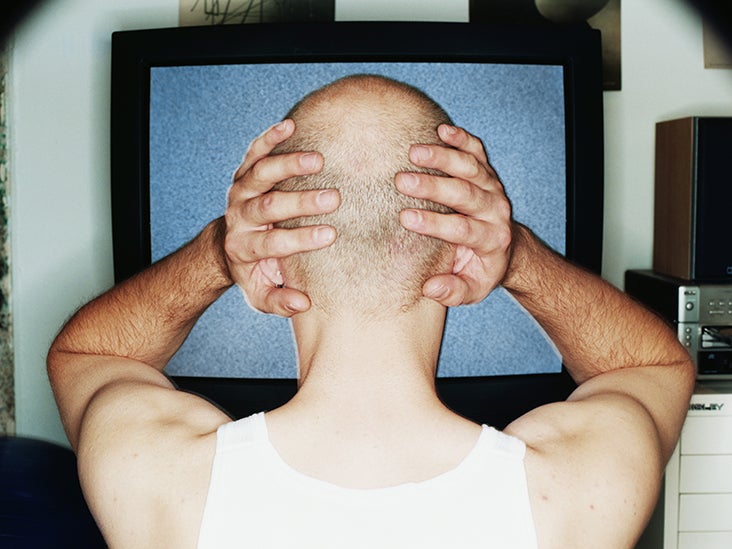



Pain In The Back Of The Head 5 Causes And Their Treatments
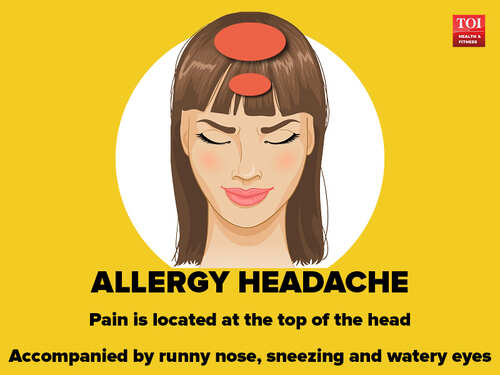



Identify The Pain In Your Head 8 Types Of Headaches The Times Of India
Cervicogenic headaches, one of the most common headache causes in the back of head, stems from the joints at the top of the neck Cluster headaches ,Headache that affects your entire head The wholehead headache can feel like there's a tight band around your head This often indicates a tension One side of your head Migraine Front of your head and face A headache behind your eyes and nasal A cervicogenic headache will always start as pain in back of head at base of skull It is almost always caused by neck stress, such as a damaged disk or an injury Eventually, the pain will spread, possibly to the top of the head, and in severe cases, cause blurred vision, dizziness, and mobility difficulties



What Do Headaches In Different Parts Of The Head Mean Quora




Treat Muscle Knot Pain In Neck Head Tiger Tail Usa
Cervicogenic headache (CGH) CGH usually begins as a dull ache in the neck and radiates upward along the back of the head, almost always affecting just one side Pain may also spread to the forehead, temple, and area around the eyes and/or ears CGH is caused due to an underlying disc, joint, muscle, or nerve disorder in the neck Usually, headaches in the back of head are the result of stress, muscle tightness, tension, the overuse of medications, and tiredness Sometimes a pain in the base of your skull can be caused by Occipital neuralgia which is a condition that affects the nerves that run from the top of the spinal cord up through the scalp 12 causes of pain in the back of the head Muscle tension and fatigue – Sitting in one position for long periods of time can lead to sharp pain




What A Pain In The Back Of The Head Occipital Neuralgia Treatments And Technique For Occipital Nerve Block




Lifting Headaches How To Spot Avoid And Remedy Them Breaking Muscle
A headache is pain or discomfort in the head or face Headaches vary greatly in terms of the location and intensity of the pain, and how often the headaches occur The brain tissue doesn't have painsensitive nerve fibers and doesn't feel pain But, other parts of the head can be responsible for a headache includingTension headaches are the most common type of headache Tension headaches typically do not cause nausea, vomiting, or sensitivity to light Tension headaches affect both sides of the head, come on slowly, and are described as a tight band or vice around the head Lifestyle changes including regular sleep, exercise, and meal schedules can reduceCervicogenic headache This may feel like a headache with pain in the back of your head, but the issue actually is in the neck This is called referred pain, when you feel the pain in one part of




Throbbing Headache Back Of Head Causes And When To Seek Help




Occipital Headache During Exercise Cole Pain Therapy Group
A headache is pain or discomfort in the head or face Headaches vary greatly in terms of the location and intensity of the pain, and how often they occur Almost all people have headaches during their life The brain tissue doesn't have painsensitive nerve fibers and doesn't feel pain Many people also have pain or stiffness in the neck, shoulders and upper back Because these headaches are caused by stress or tension, massage, physical therapy, acupuncture or acupressure canSinus Headache Pain Location Pain from sinus headaches most often develops in the cheekbones, forehead, and/or bridge of the nose Symptoms Sinus headache pain is characterized by deep, constant pain that usually intensifies with sudden head movements or straining Other sinus symptoms include Thick, discolored nasal discharge




Tension Headache Medlineplus Medical Encyclopedia
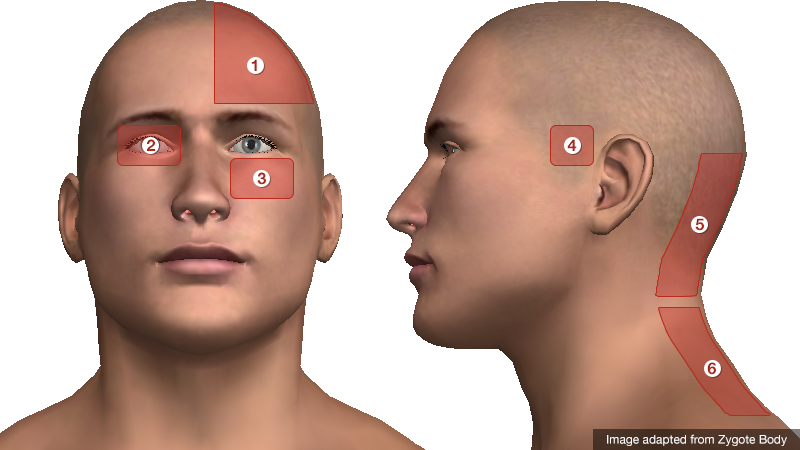



Differential Diagnosis Of Headache
Migraines are characterized by throbbing and shooting head pain in the back of the head If you are experiencing pain on the right side of the back ofThe headaches are not caused directly by the tumour itself, as the brain has no pain receptors, but by a buildup of pressure on painsensitive blood vessels and nerves within the brain The buildup of pressure can be due to the tumour pressing on these vessels/nerves or by the tumour blocking the flow of cerebrospinal fluid (CSF) within theThe headache is felt in the back of head and on both sides of the head What does a hypertension headache feel like?



Why Do I Get A Headache In The Back Of My Head Near The Crown Quora




Neck Headache Physio Works
Types of Headaches and Locations Cervicogenic headaches, one of the most common headache causes in the back of head, stems from the joints at the top of the neck Cluster headaches, which affect more men than women, are recurring headaches that occur in groups or cycles They appear suddenly and are characterized by severe, debilitating pain9 rows Pain location Most common cause Other possible causes Back of your head or neck Tension Head pain has other causes Not all head pain is diagnosed as a tension headache or migraine, though, and in those cases, the location can




Headache Location Chart Does Headache Location Matter
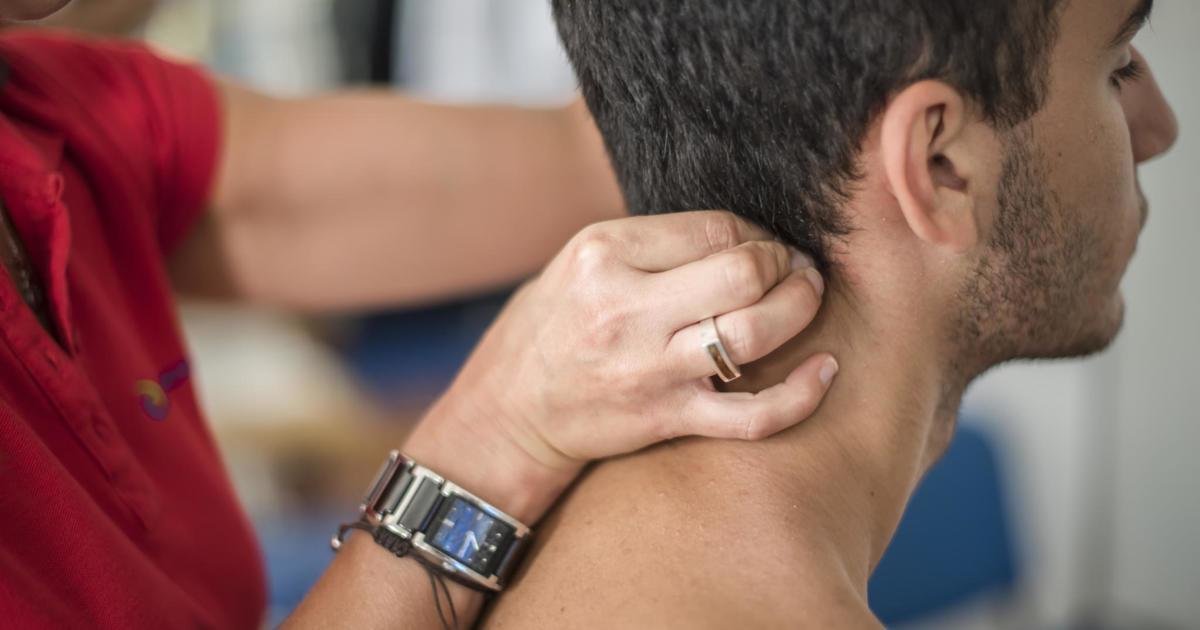



Headache In The Back Of The Head 7 Causes With Treatment
TYPE OF HEADACHE LOCATION SYMPTOMS TREATMENT PREVENTION Migraine – One sided, top and back of head – Throbbing pain – Nausea – Vomiting – Blurred vision – Photosensitivity – Ibuprofen – Aspirin – Acetaminophen – Triptans – Opioids Beta blockers Antidepressants Antiseizure drugs Naproxen Tension headache – Both sides of forehead, top What is the location of pain in hypertension headache? Unlike migraines and cluster headaches, tension headaches usually cause pain on both sides of your head, mainly your forehead, temples, the back of your head, and sometimes your neck and shoulders
/headaches-as-a-symptom-of-multiple-sclerosis-2440798-01-ac13321fbd2d4dca99f899a63b8ea265.png)



Headaches In Ms Types Symptoms Causes Diagnosis Treatments
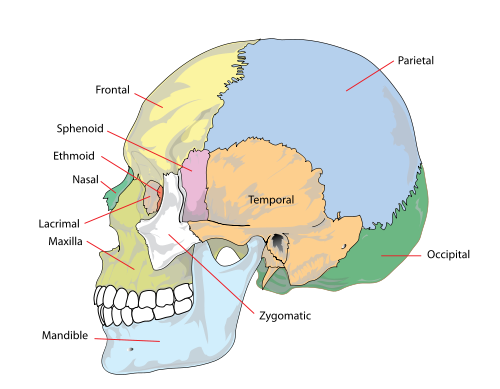



Headache Location Of Pain Top Back Sides Front Of Head Healthhype Com
Pseudotumor cerebri headaches usually feel like a headache that occurs at the back of the head or behind the eyes The pain starts as a dull, aching pain that worsens at night or in the morning They may be associated with vomiting as well Patients may also eventually develop visual problems and blindness due to inflammation of the optic nerve The pain typically originates and is felt in the back of the head It may also be felt in the temples or behind the eyes Other symptoms may include discomfort in
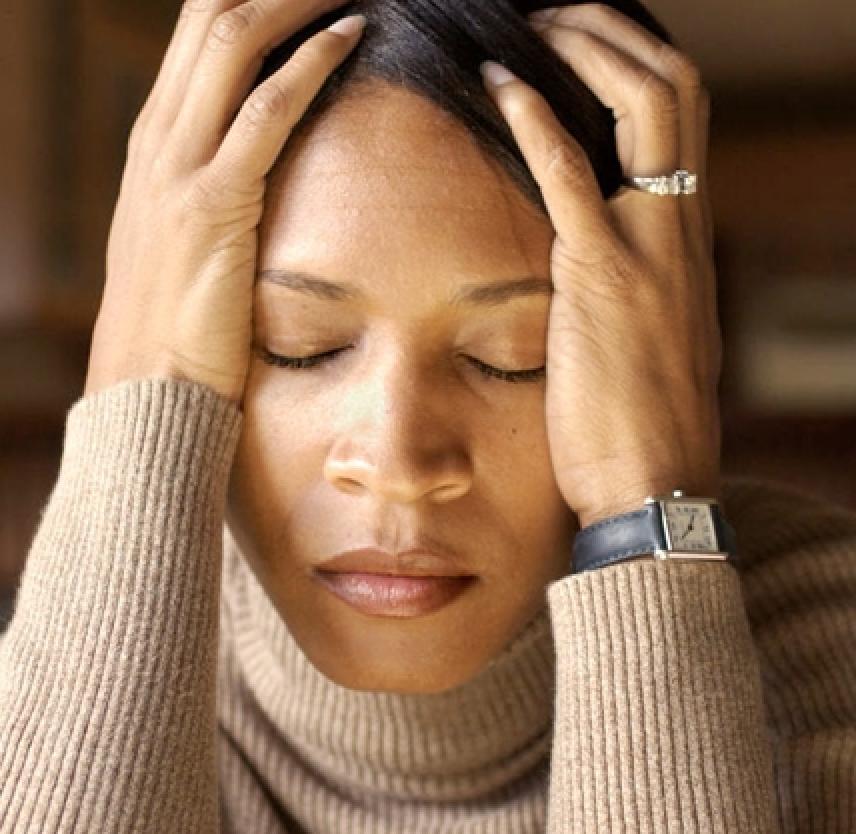



Headaches After Head Injuries Post Traumatic Headaches Brainline



1




Mild Headache Causes Types Home Remedies Treatment




Tension Headache Relief Foam Roll Exercise Dynamic Health Jersey
/postpartum-headache-4769958_final-93dc369cb6004262a4b8339274cb0a4c.png)



Understanding Postpartum Headache Causes And Treatments




Sinus Headache Vs Migraine Mhni Migraine Headache And Head Pain Treatment




Should I Worry About A Headache Only On One Side Cleveland Clinic
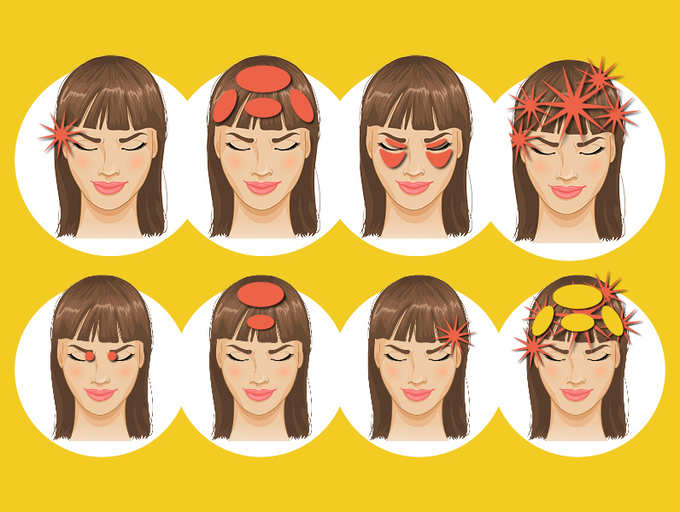



Identify The Pain In Your Head 8 Types Of Headaches The Times Of India




Head Pain Witty Pask Buckingham



Tongue Tension And Headaches Heal Your Posture Mary Bond




What Causes Headaches At The Back Of The Head




How To Identify A Dehydration Headache Thorzt Hydrating Hard Work
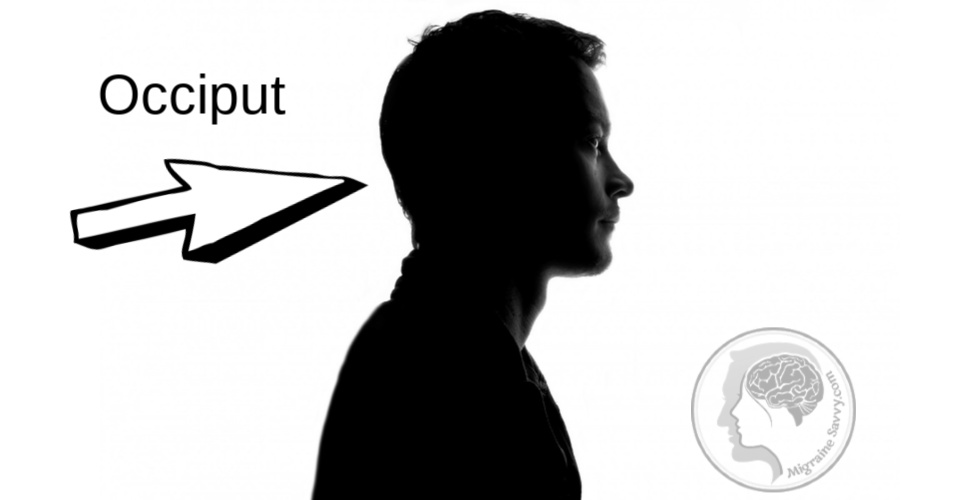



What Causes Pain At The Back Of The Head




Reasons Why I Have A Headache On My Left Side National Headache Institute
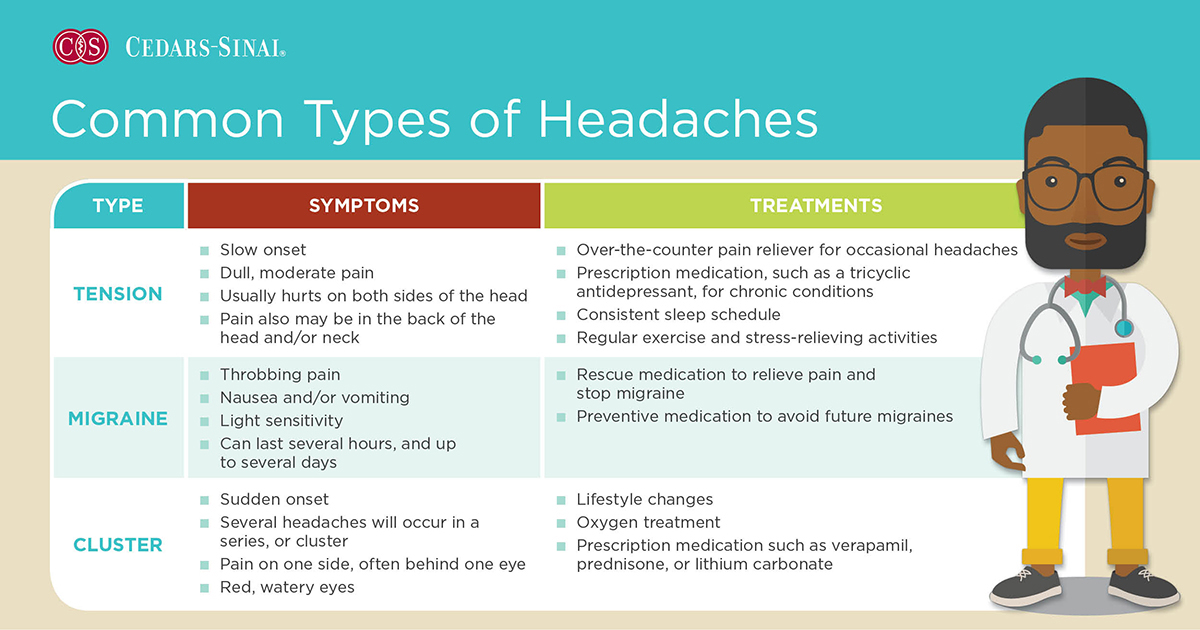



Common Types Of Headaches When To See A Doctor Cedars Sinai
/pinched-nerve-headache-treatment-1719581-5c04ae4146e0fb0001cc1846.png)



Getting A Headache From A Pinched Nerve




What Is Occipital Neuralgia Cleveland Clinic




Occipital Neuralgia And Suboccipital Headache C2 Neuralgia Treatments Without Nerve Block Or Surgery Caring Medical Florida
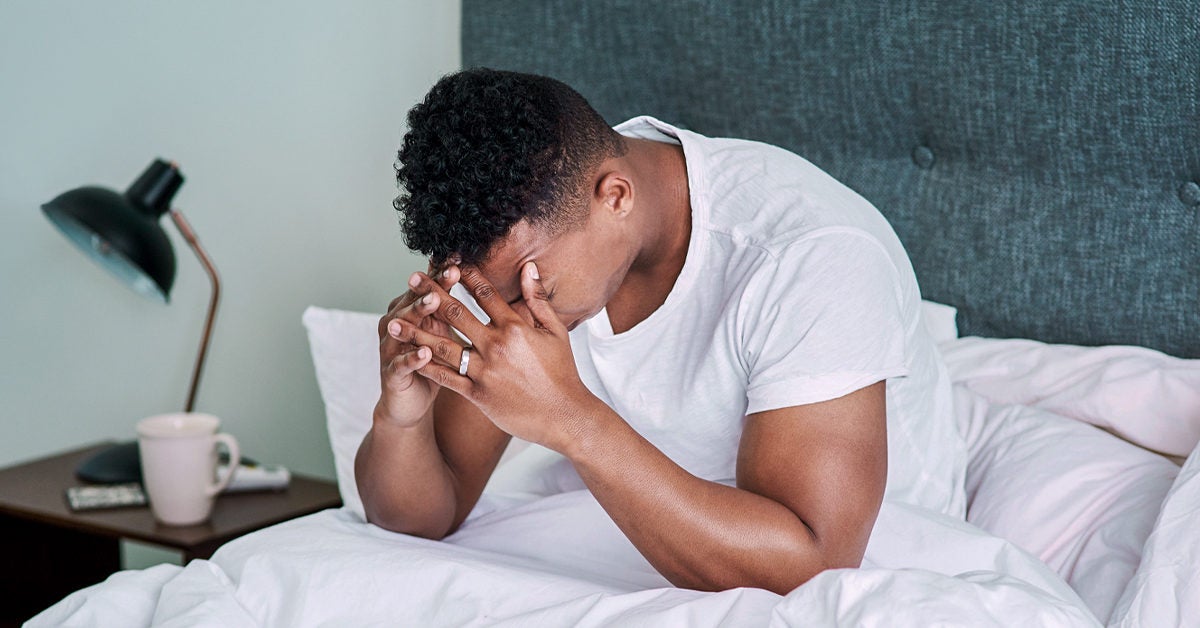



Headache Location Meaning What Can It Tell You




Headache On Top Of Head Learn Causes And Solutions
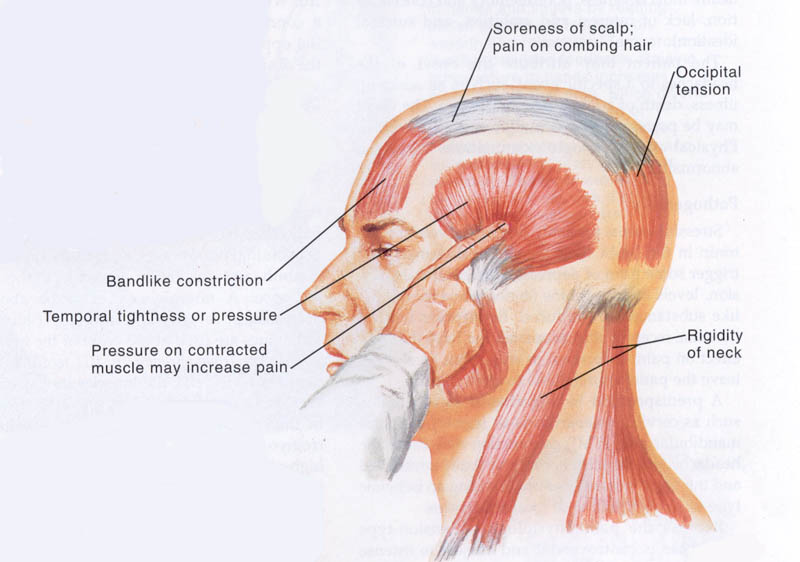



Blog




When Is A Headache A Sign Of A Brain Tumor




Are My Headaches Caused By Shoulder Pain Orthopaedic Associates Of Central Maryland
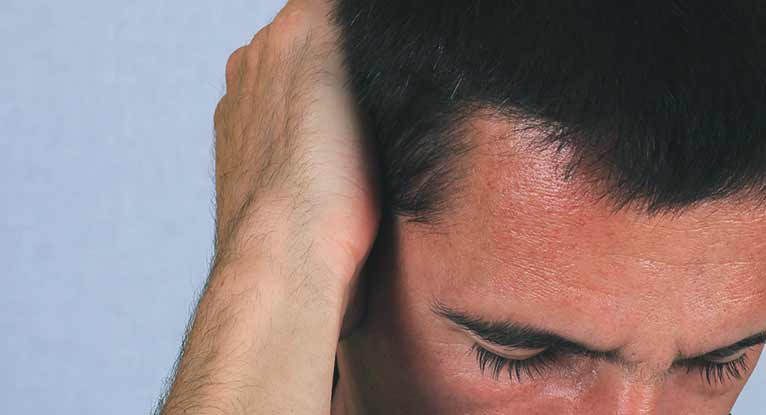



Headache Behind The Ear Causes Treatment And More
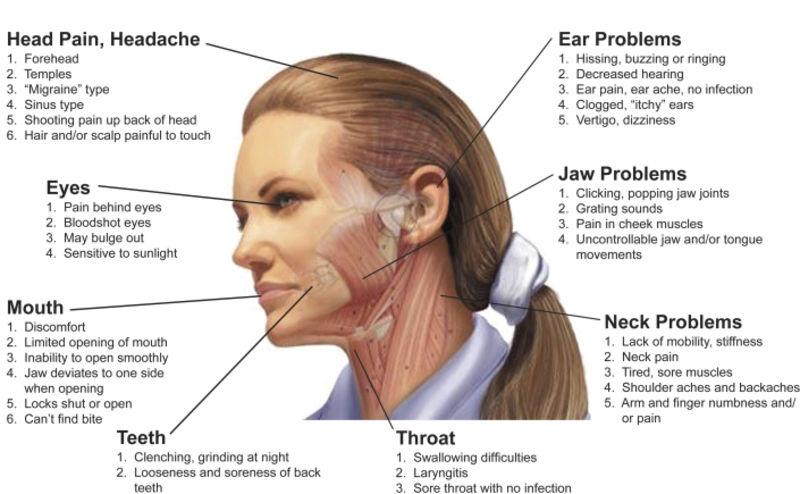



5 Signs Your Headache May Be Caused By Tmj News Emporiagazette Com




When Should You Worry About A Headache Queensland Health




Heachaches Back Of The Head Self Myofascial Release Part I Youtube
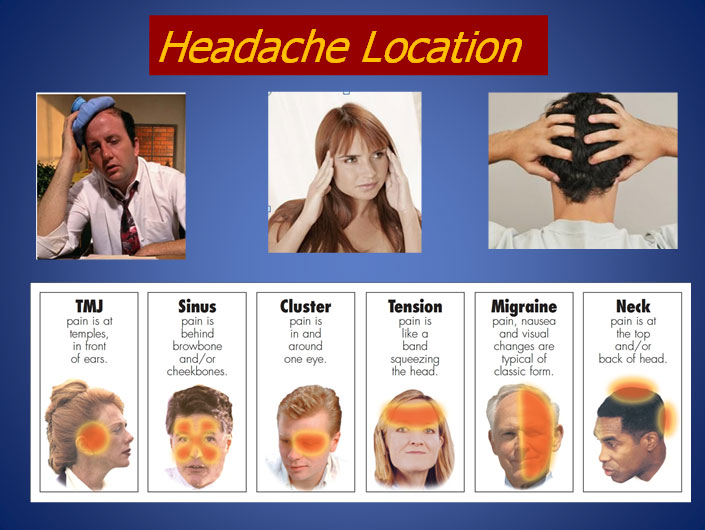



Blog




Covid 19 And Headaches What You Need To Know Novant Health Healthy Headlines




Why Do I Have A Headache In The Back Of My Head




Headache Location Chart What Your Headache Location Really Means Health Com




Headache Chart And Headache Location Meaning For Different Types Of Headaches




Headaches During Pregnancy Babycenter
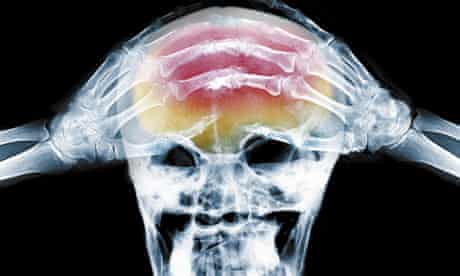



Where S Your Headache At Health Wellbeing The Guardian




The Location Of Pain In Individuals With Cptha Download Scientific Diagram
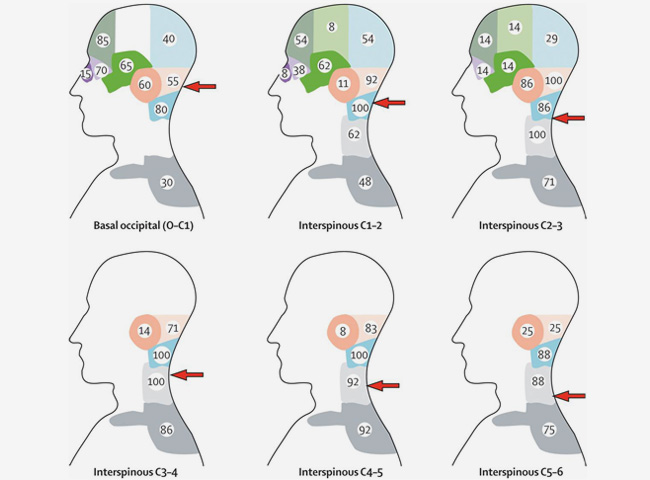



Headache Migraine Interventional Pain Spine Centre
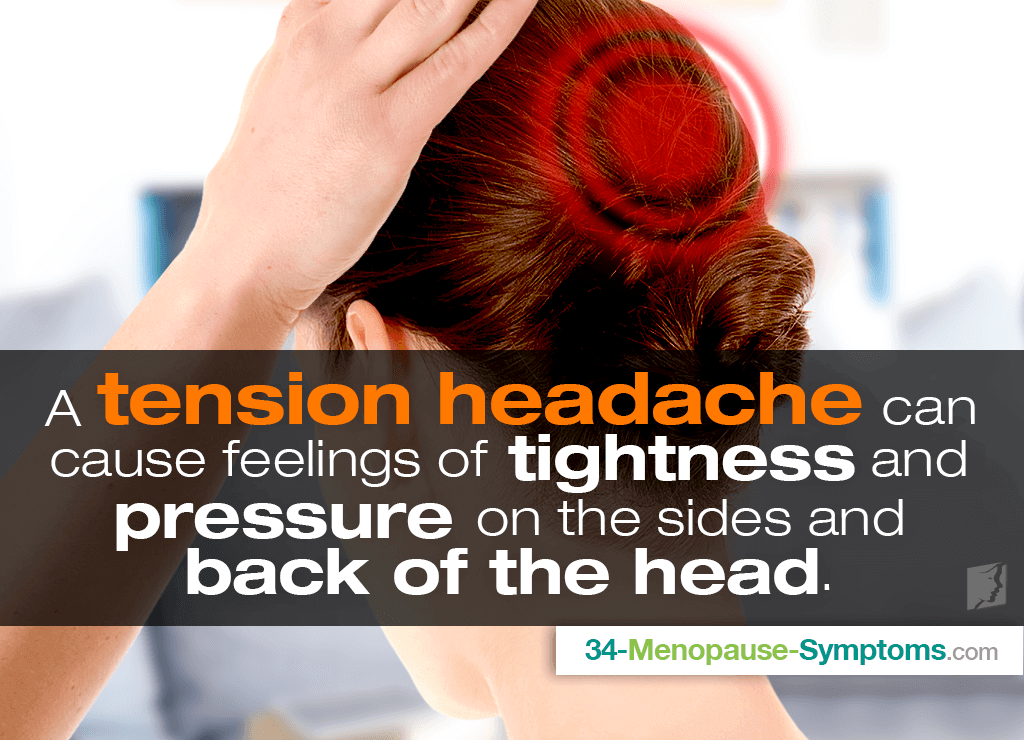



Headache In Back Of Head What S Going On Menopause Now
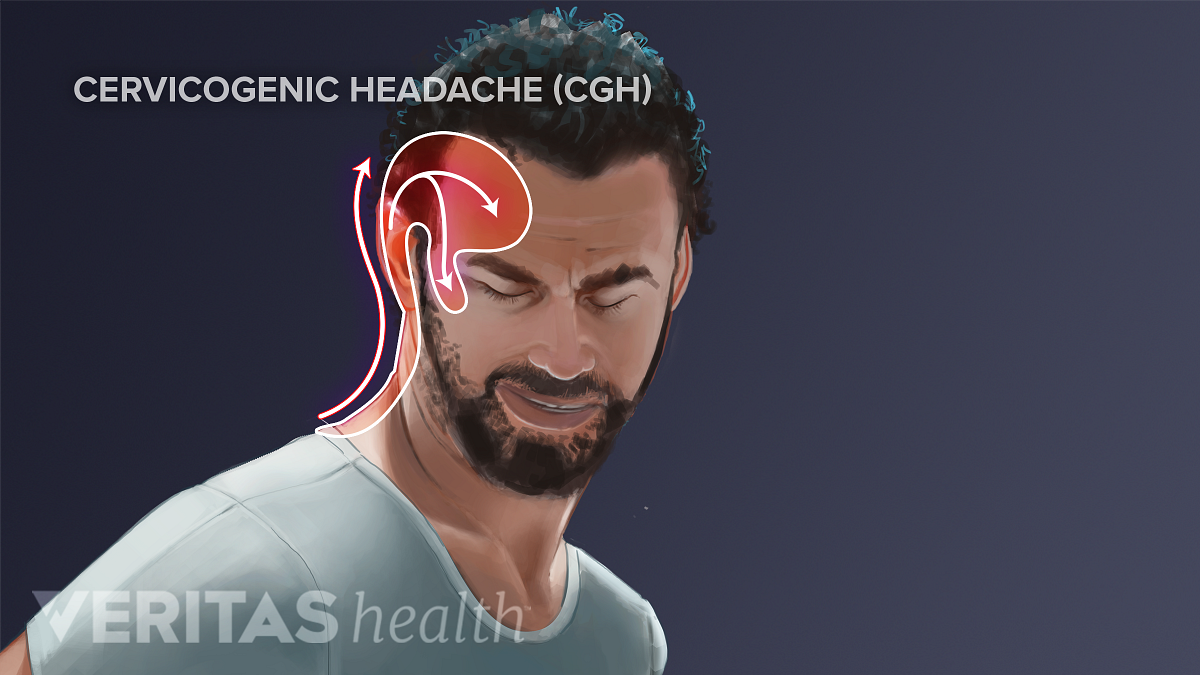



What Is Cervicogenic Headache
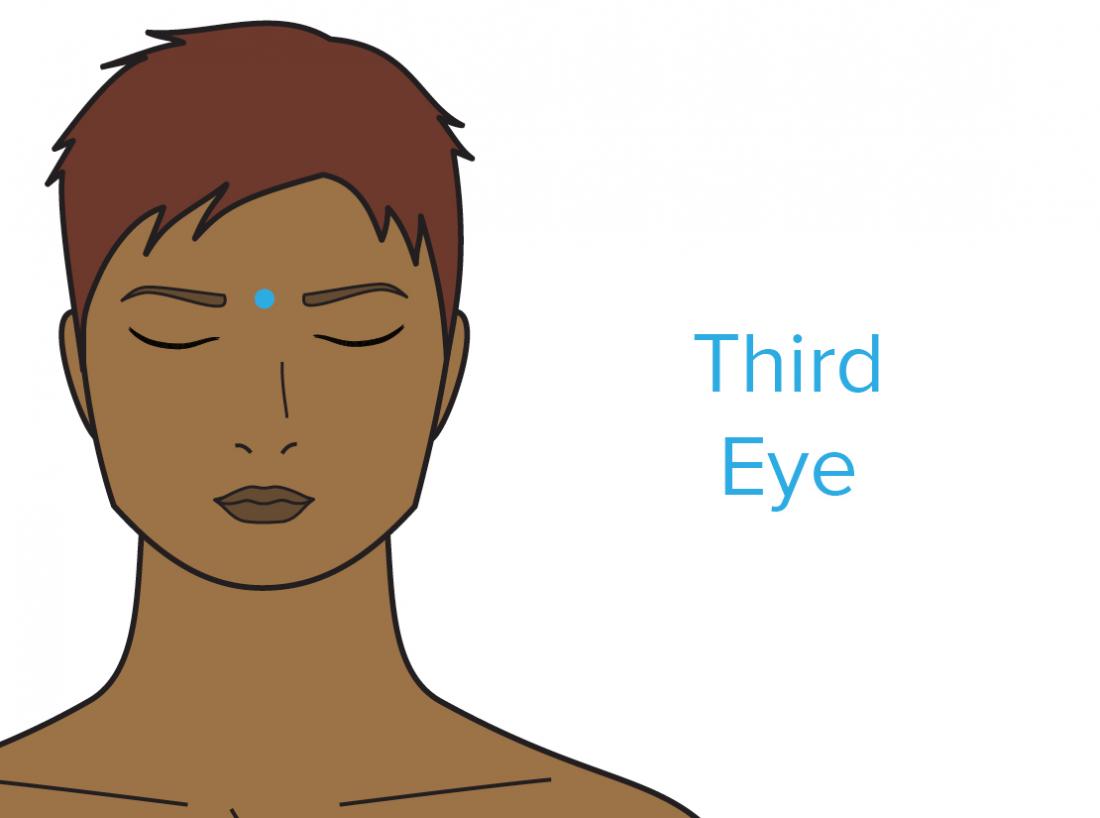



Pressure Points For Headaches Locations Effectiveness And Tips
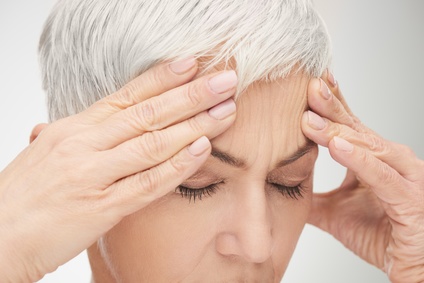



Headache Location Of Pain Top Back Sides Front Of Head Healthhype Com




What You Need To Know About Head Pain Coughs
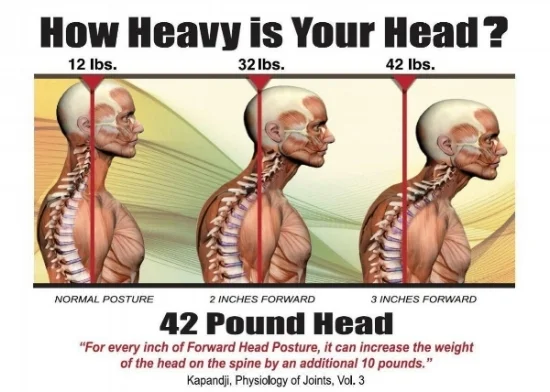



The Link Between Posture And Chronic Neck And Upper Back Pain Back Pain And Headache Specialist Burke Va Nova Headache Chiropractic Center




Head Pain Back Of Head The Complete Headache Chart
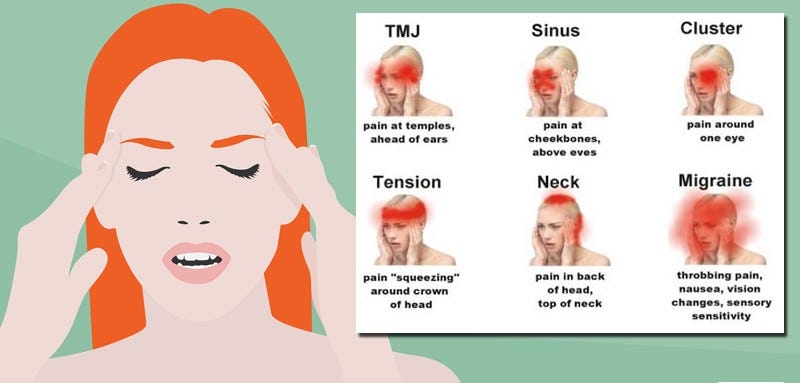



Demystifying Headaches Symptoms One Of The Commonest And Most By Rama Iyyer Medium
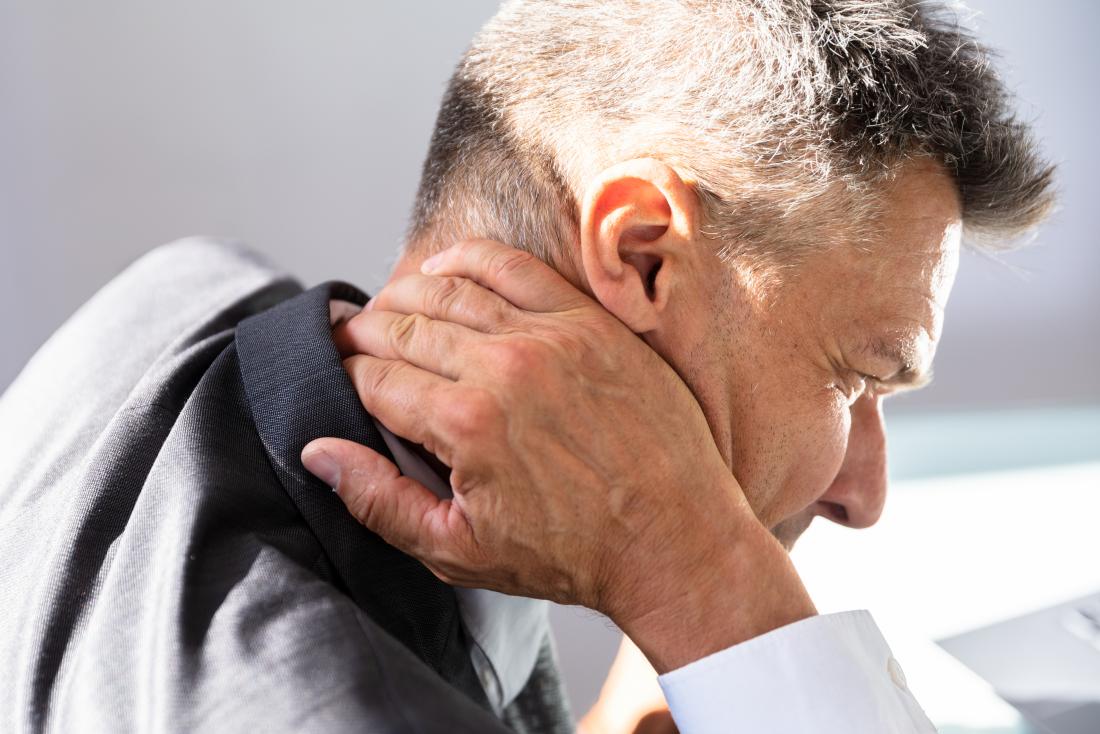



Cervicogenic Headache Symptoms Causes Diagnosis And Treatment




Sleeping Positions And How They Cure These Health Problems The Times Of India
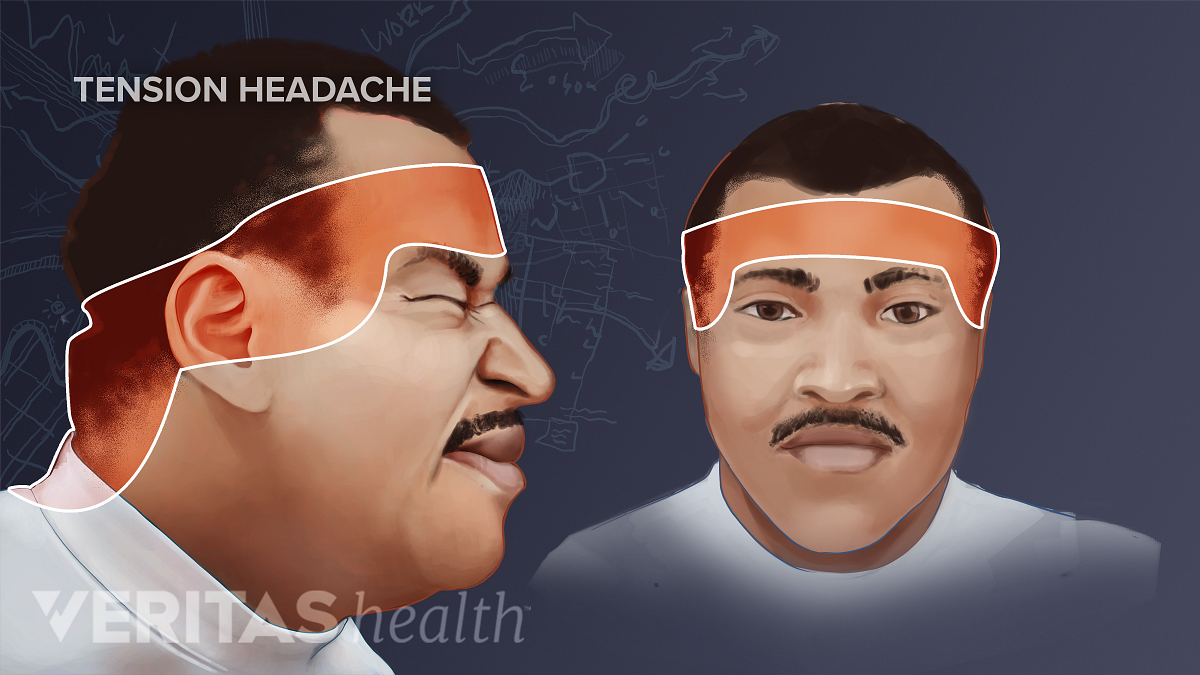



Neck Pain And Tension Headache
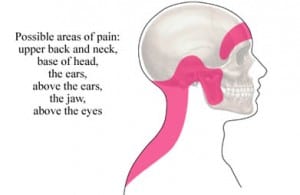



Tension Headaches Star Physical Therapy Tennessee Tn




Headache Locations And What They Could Mean Banner Health




The Types Of Headaches Their Causes And How To Treat Them



When You Have A Headache In One Place




Pin On Reflexology
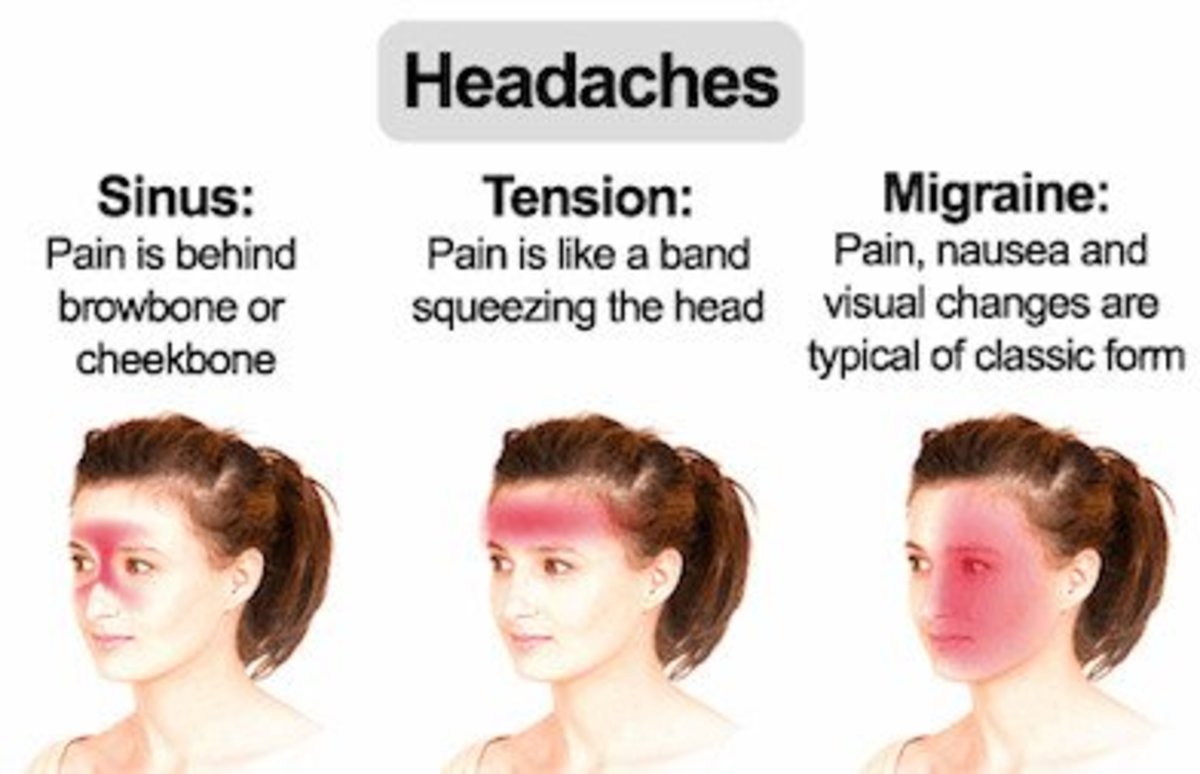



Headache In Back Of Head Location Causes And Treatment Hubpages



1




Massage For Neck Pain Headaches Suboccipitals
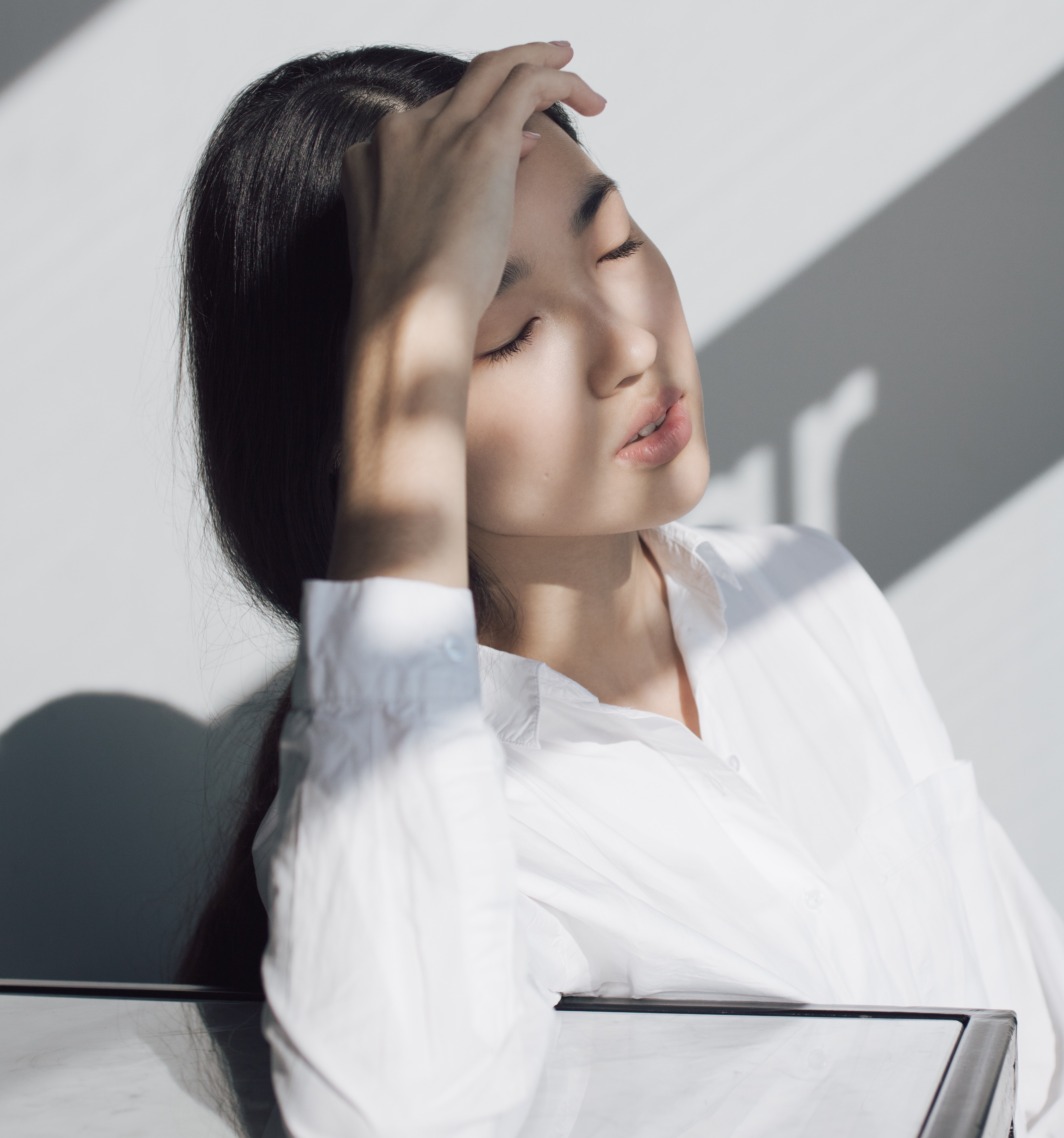



Migraine Vs Headache Here S How To Tell The Difference Cove Cove




What Your Headache Is Telling You Advent Knows




Pain In Back Of Head Causes Treatment And More



3




How To Tell If It S A Headache Migraine Or Brain Aneurysm And What To Do Next National Globalnews Ca




Managing Headaches With Ayurveda
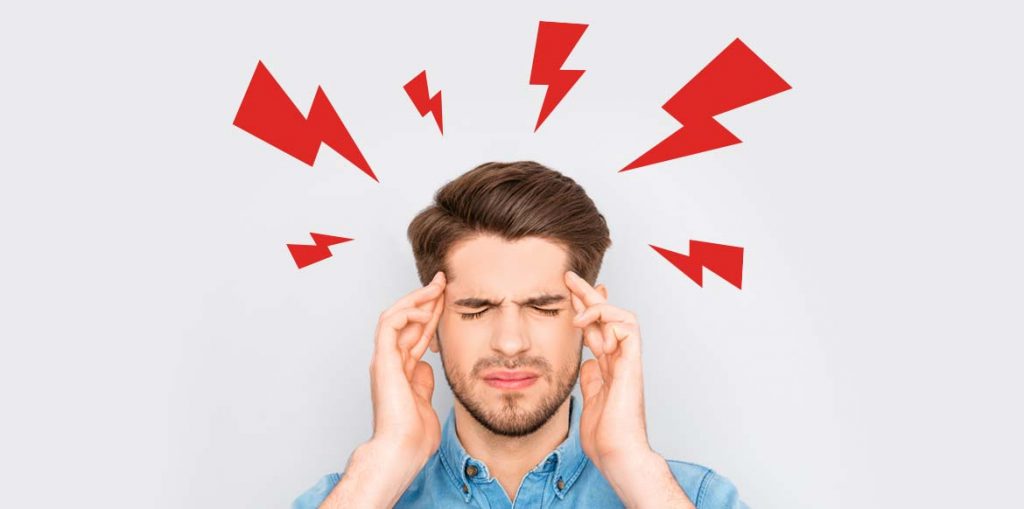



What Your Headache Is Telling You Advent Knows



Head And Neck The Trigger Point Referred Pain Guide



1
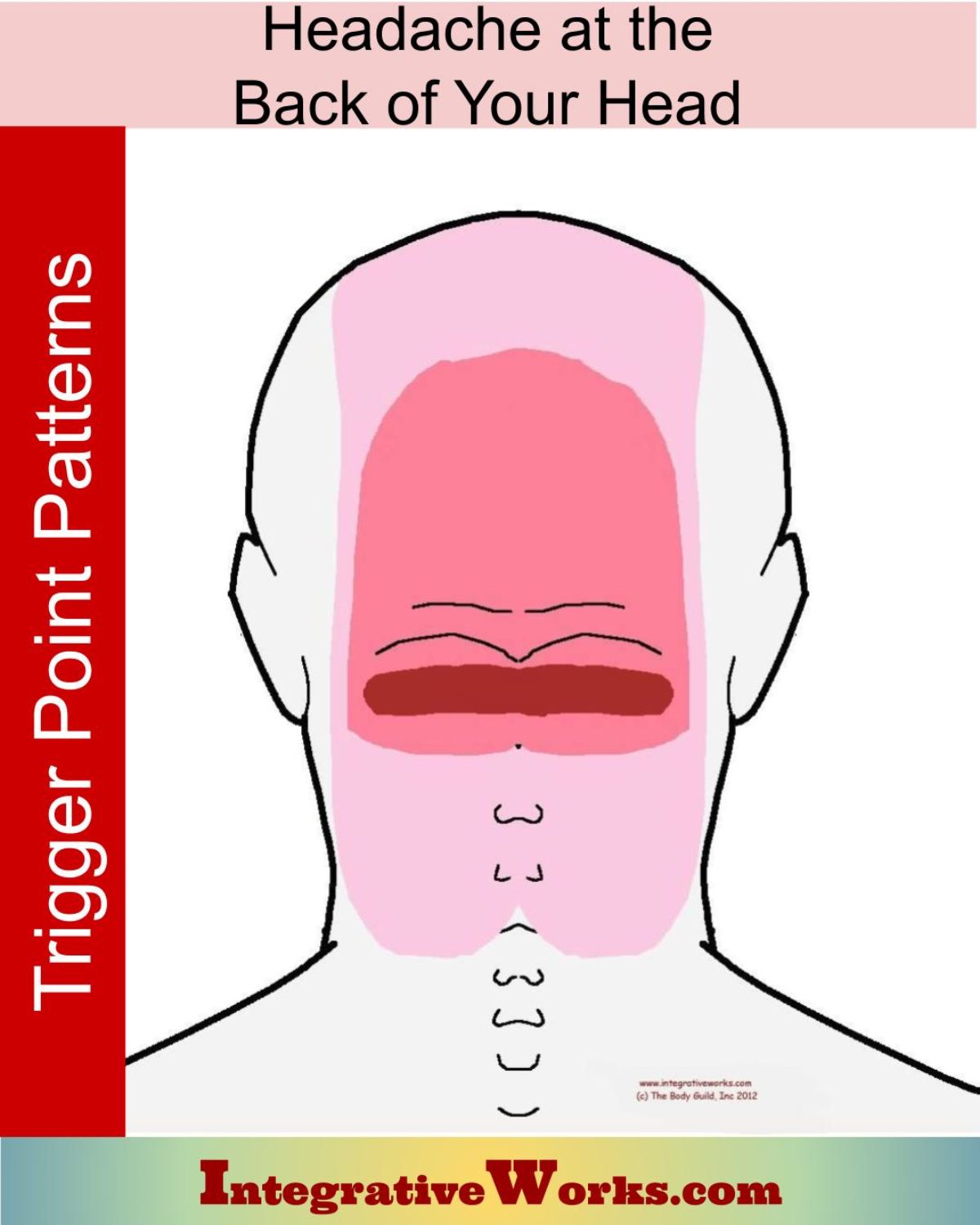



Headache At The Base Of Your Head Integrative Works
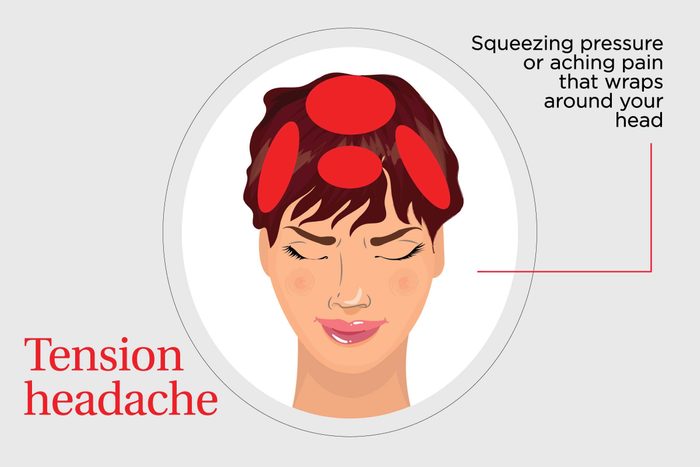



8 Types Of Headaches And How To Get Rid Of Them The Healthy




What Causes Headaches Types Location And Treatments




Pin On Move
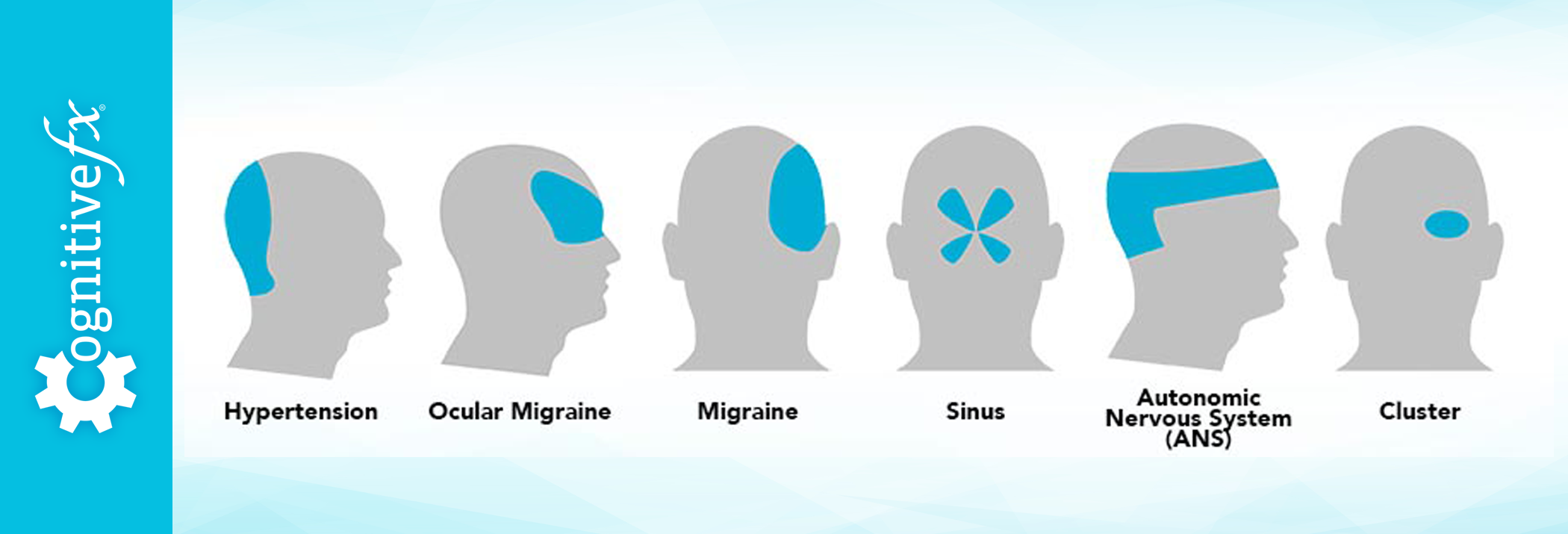



Concussion Headaches Or Post Traumatic Headaches Cognitive Fx




Headache Location Chart Does Headache Location Matter
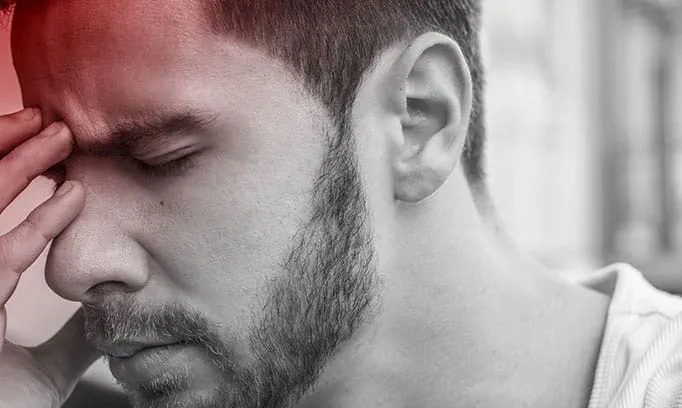



7 Signs Of A Dangerous Headache Allina Health
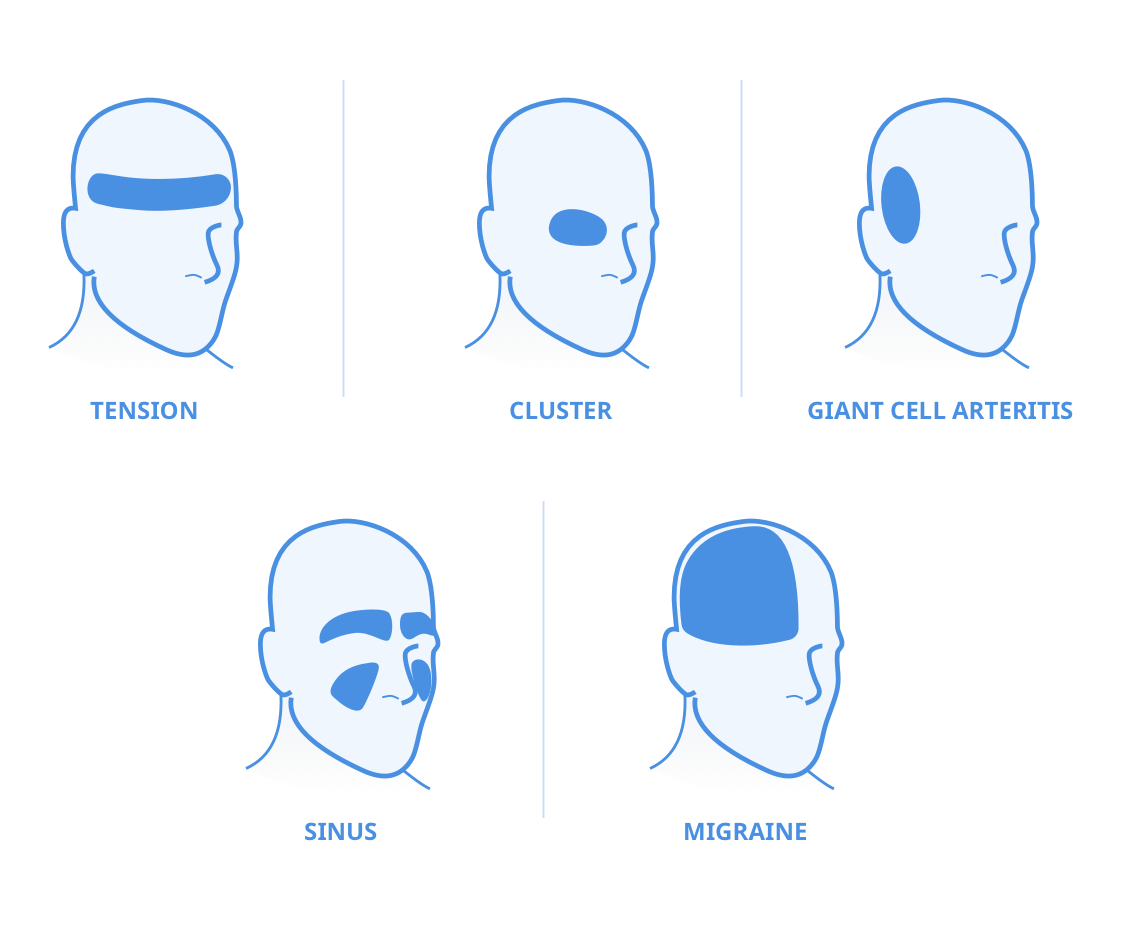



5 Types Of Headache And Their Locations
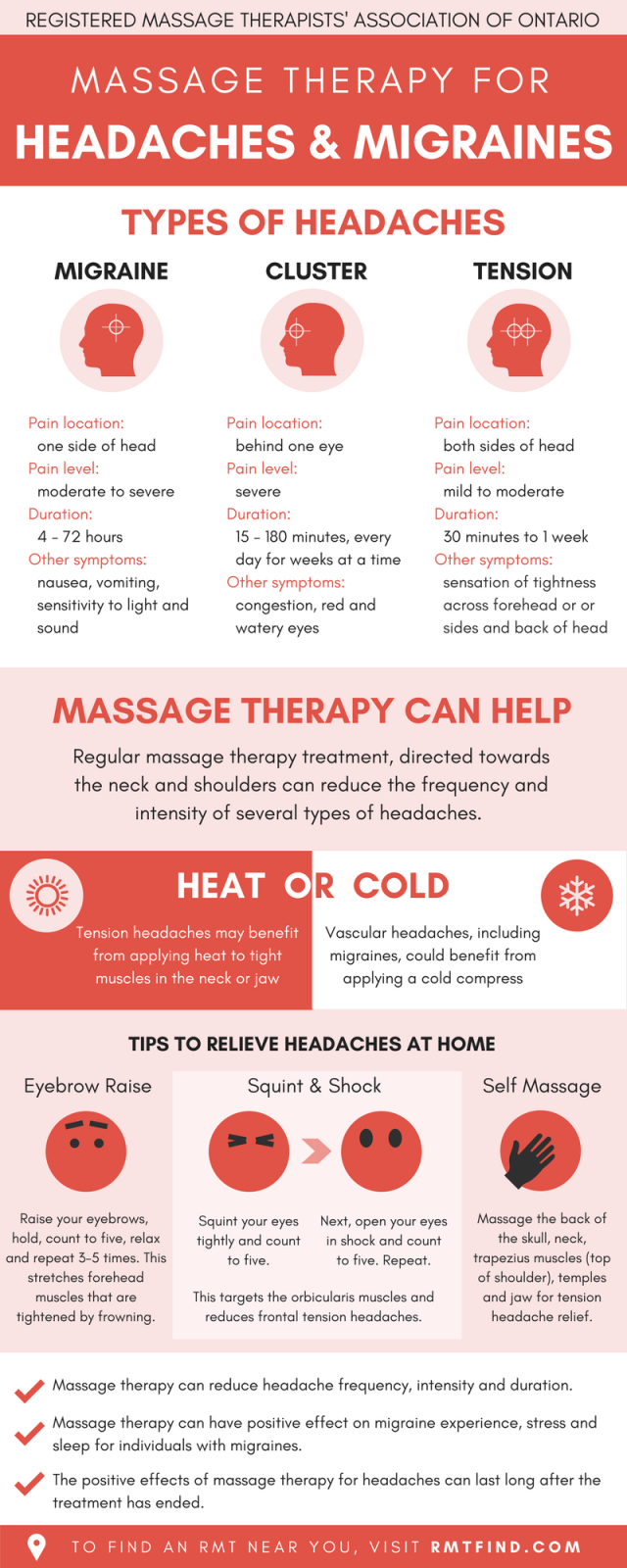



Massage Therapy For Tension Type Headaches Richard Lebert Registered Massage Therapy
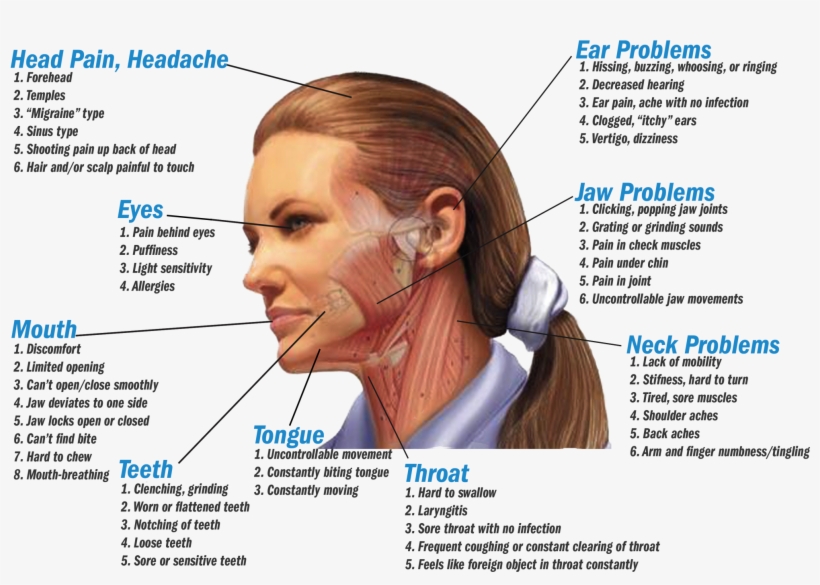



Symptoms Dehydration Headache Pain Location Free Transparent Png Download Pngkey




Headache Location Chart Does Headache Location Matter
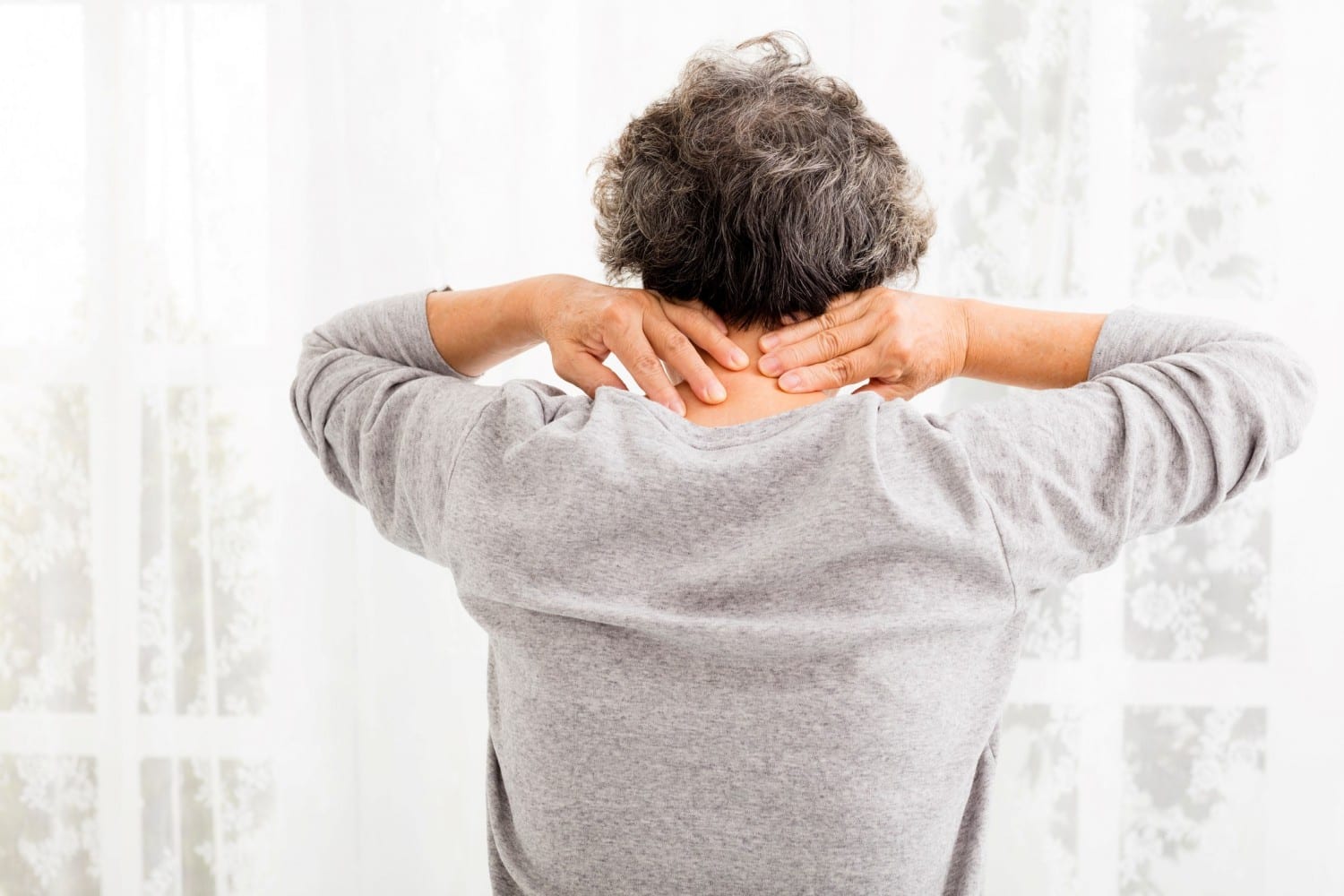



What To Know About Low Pressure Headaches Amf




Headaches Migraines High Country Physical Therapy




Yoga For Headache Relief Enjoy Yoga Wellness
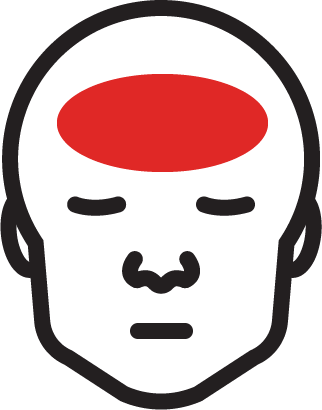



What Your Headache Is Telling You Advent Knows




Headache And Pain At The Back Of Head How To Treat



Occipital Headache




Crown Of Head Conditions Injuries And More




Tension Headache Medlineplus Medical Encyclopedia




Eyestrain Headache Located On Both Sides And In Front Comes From Vision Overuse And Uncorrected Vision Migraine Headache Usually Located On One Side Of Head Sometimes Signaled By Aura And Accompanied With



Pain In The Back Of The Head Singapore Sports Clinic




17 Types Of Headaches Locations Symptoms Causes Treatment



0 件のコメント:
コメントを投稿